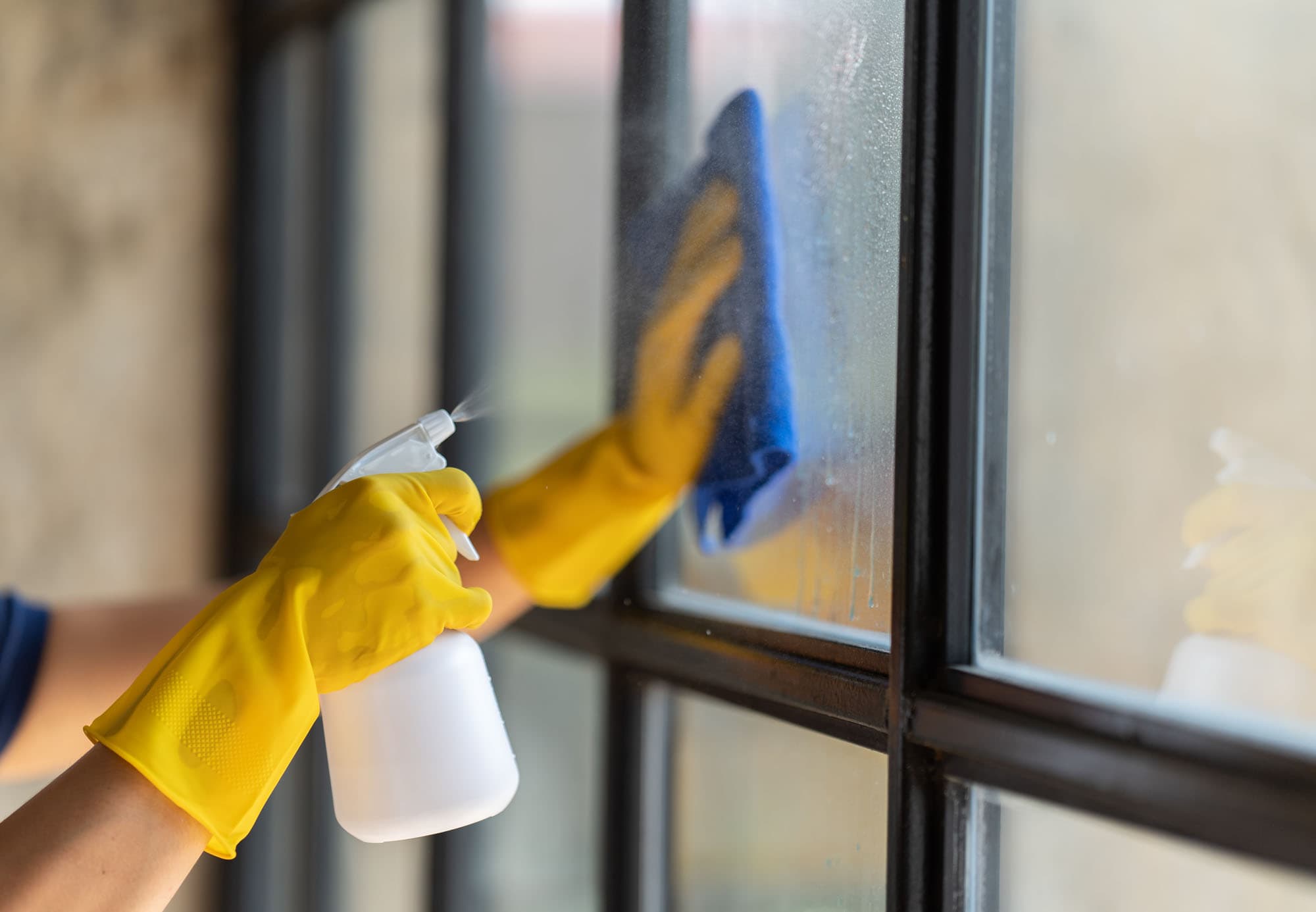To test your carpets for hidden allergens, start by choosing a small, inconspicuous area. Use a HEPA filter vacuum to collect dust and debris, especially from the edges and corners. For carpet fibers, press adhesive tape onto the surface and peel it off gently. Collect all samples in labeled containers for organization. Consider using a microscope to examine your samples or an air quality monitor to check for airborne allergens. Regular testing and proper maintenance can help manage allergens effectively. Want to discover more strategies to create a healthier living environment?
Understanding Carpet Allergens
Carpets can harbor a variety of allergens that affect your indoor air quality and overall health. Dust mites, pet dander, mold spores, and pollen often settle deep within carpet fibers.
If you or someone you serve suffers from allergies, understanding these triggers is essential. cambridge house cleaners Regular vacuuming helps, but it mightn’t eliminate all allergens. You might find it helpful to use a HEPA filter vacuum, which can trap smaller particles more effectively.
Additionally, consider the materials in your carpets; synthetic fibers can accumulate more allergens compared to natural ones.
Tools for Testing Carpets
Testing for allergens in your carpet requires specific tools that can help you identify and measure the presence of these irritants. A high-quality vacuum with a HEPA filter is essential, as it traps small particles effectively.
You’ll also need a dust collection kit designed for allergens, which typically includes petri dishes or collection tubes to gather samples. An air quality monitor can offer insights into airborne allergens that might settle in your carpet.
Additionally, consider using a microscope for a closer examination of collected samples. By equipping yourself with these tools, you’ll be better prepared to serve others by ensuring a healthier living environment free from hidden allergens.
It’s all about creating a safe space for you and those you care for.
Step-by-Step Testing Process
With your tools ready, it’s important to start the testing process. First, choose a small, inconspicuous area of your carpet. Use your vacuum to collect dust and debris, focusing on the edges and corners.
Next, take a sample of the carpet fibers using your adhesive tape. Press the tape onto the carpet, then peel it off gently to capture allergens.

Once you’ve gathered your samples, place them in separate containers. Label each container clearly for accurate tracking. It’s crucial to keep your samples organized as you move on to the testing phase.
Interpreting Test Results
Once you’ve completed the testing process, you’ll need to analyze the results to understand what allergens may be lurking in your carpet.
Look closely at the data to identify specific allergens, like dust mites, pet dander, or mold spores. Each allergen typically has a threshold level; knowing what’s considered safe can help you gauge your carpet’s condition.
If you find elevated levels, it’s essential to recognize the potential impact on those you serve, especially individuals with allergies or respiratory issues. Use this information to inform your next steps.
Mitigation and Prevention Strategies
To effectively manage allergens in your carpets, implementing mitigation and prevention strategies is essential.
Start by vacuuming regularly with a HEPA filter vacuum to capture dust mites and other allergens. Encourage family members to remove shoes at the door to minimize dirt and pollen brought inside.
If you have pets, groom them frequently and consider using pet-friendly covers on furniture. Clean spills immediately to prevent mold growth and opt for washable rugs that can be easily cleaned.
Additionally, consider using air purifiers to reduce airborne allergens. Maintain humidity levels below 50% to deter dust mites and mold.
Conclusion
In the dance of dust and fibers, you’ve taken the lead in uncovering hidden allergens lurking in your carpets. With the right tools and a careful touch, you’ve revealed the unseen, turning a potential foe into a manageable friend. Breathe easier, knowing you’ve armed yourself with knowledge and strategies for a cleaner, healthier home. So, step lightly and embrace the freshness, for a world free of allergens is just a test away.